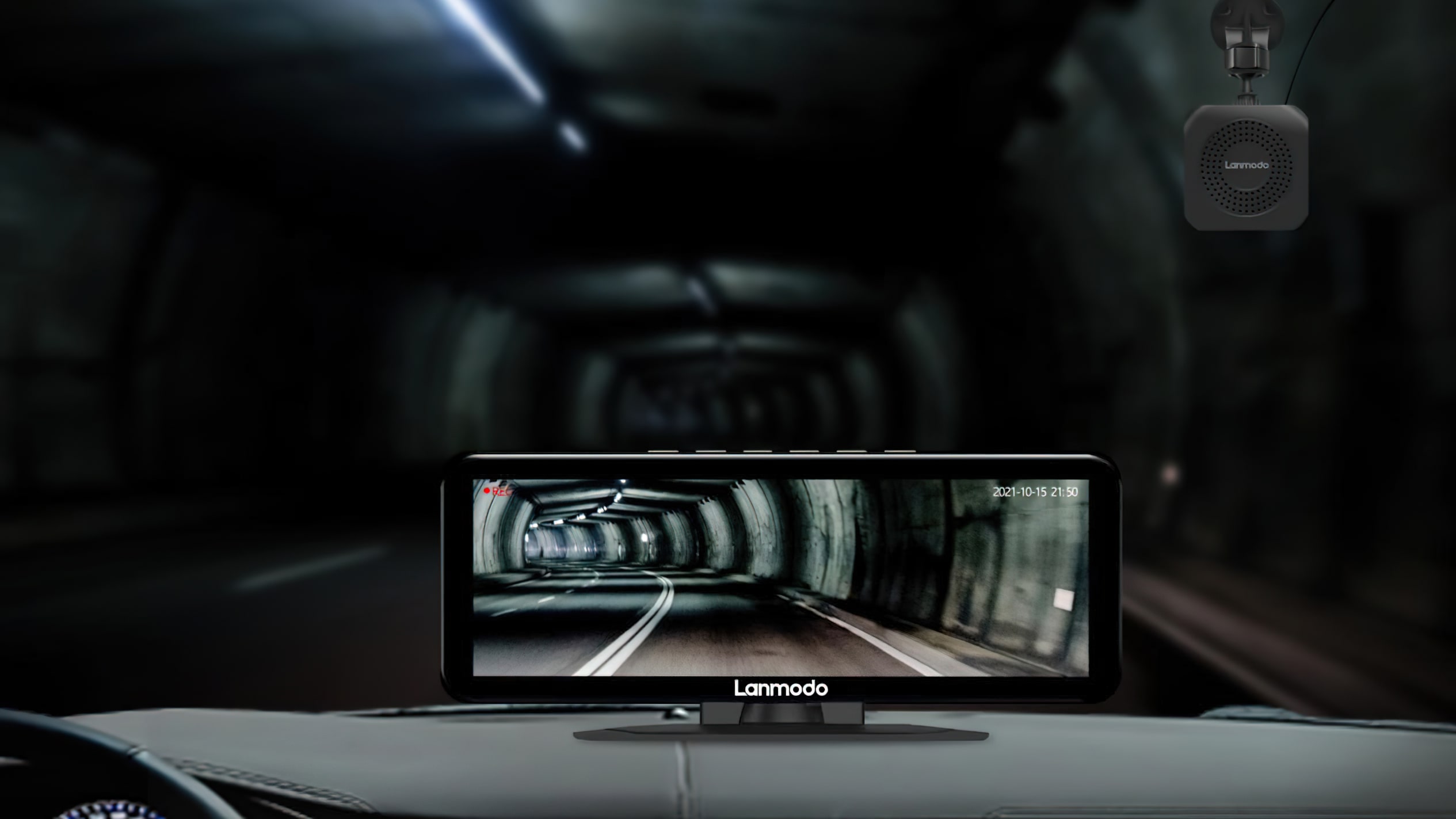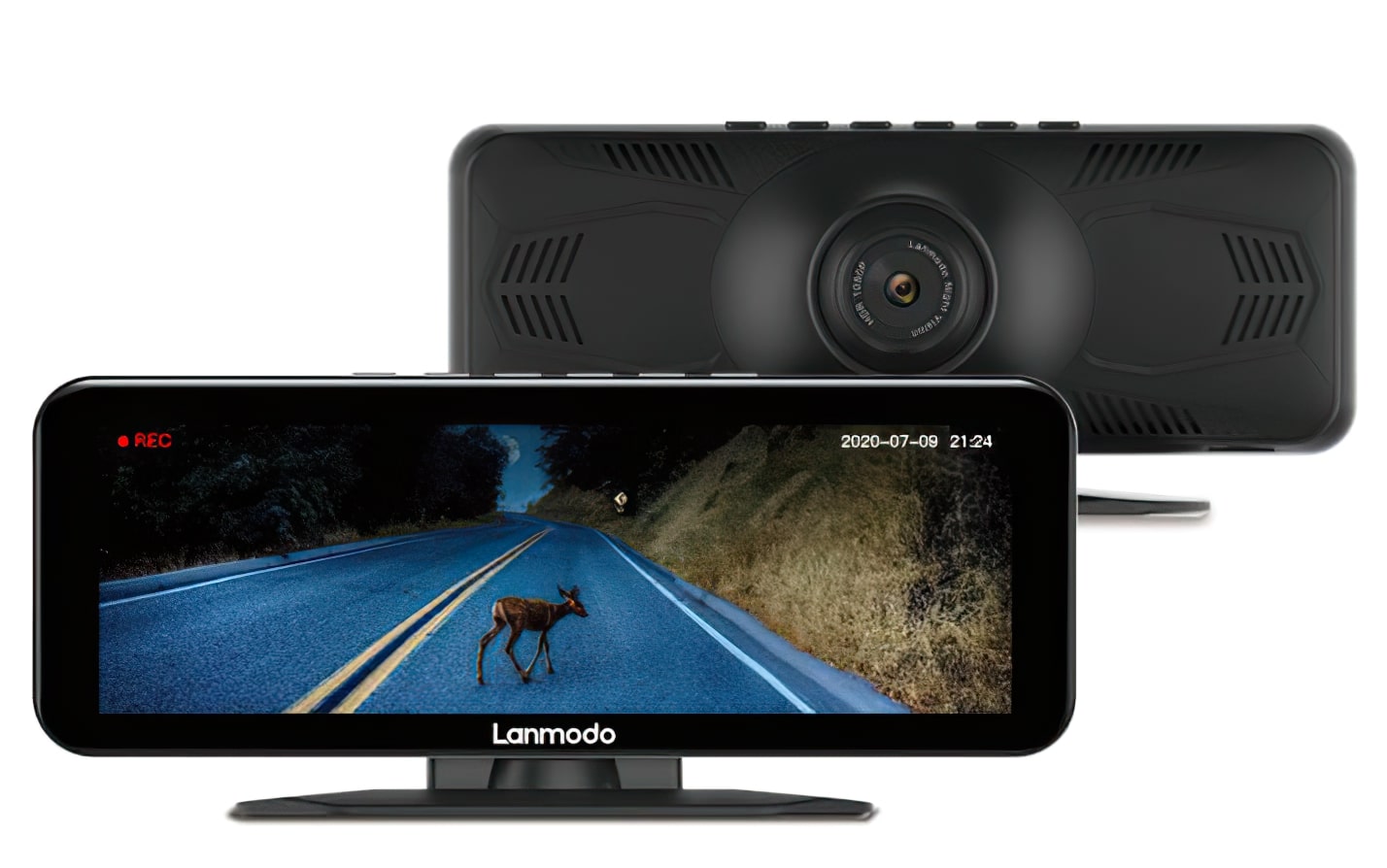
I don’t find out about you, however I really like having a number of monitors on my desk. Every time I’m going away and need to work on my tiny 15in laptop computer display, I groan inwardly. I imply, how am I meant to verify emails, have a look at product specs, have the RPS crew Slack open and do all my writing once I’ve solely received a single 1920×1080 display at my disposal!? It merely isn’t potential.
I joke, clearly, however there’s a small a part of me that feels the identical means once I’m at house in my workplace, too. I’ve labored with two displays for so long as I can bear in mind, and dropping down to at least one simply isn’t sensible for me anymore. But while you’ve received one thing as massive because the 40in Philips BDM4037UW caught in your desk, it makes me assume a one monitor work and gaming setup may simply be doable.
It helps, in fact, that the BDM4037UW has a beautiful 4K decision at its disposal, supplying you with loads of house to play with throughout its large 40in VA show. I received’t lie – I discovered it fairly overwhelming to take a seat so near a display this massive at first, and for single window duties corresponding to net searching and taking part in games I usually felt like I needed to transfer my chair again a bit so as to drink all the things in – particularly while you keep in mind the display’s light curvature radius of 3000mm, too.
But it’s shocking how shortly you get used to it after some time, and for those who’re the kind of one who likes having a number of home windows open on the similar time(simply consider the spreadsheet potential!), then the BDM4037UW is an absolute delight. As you most likely know, a 4K decision is basically the identical as having 4 1920×1080 shows crammed right into a single display, supplying you with loads of room to rearrange all the things in your desktop and nonetheless have house leftover (particularly for those who go away Windows 10’s scaling choices at 100%). Admittedly, having 4 home windows moving into every nook was a bit too cluttered for my liking, however I do like having the ability to have a look at completely all the things with out having to flip backwards and forwards between completely different displays.
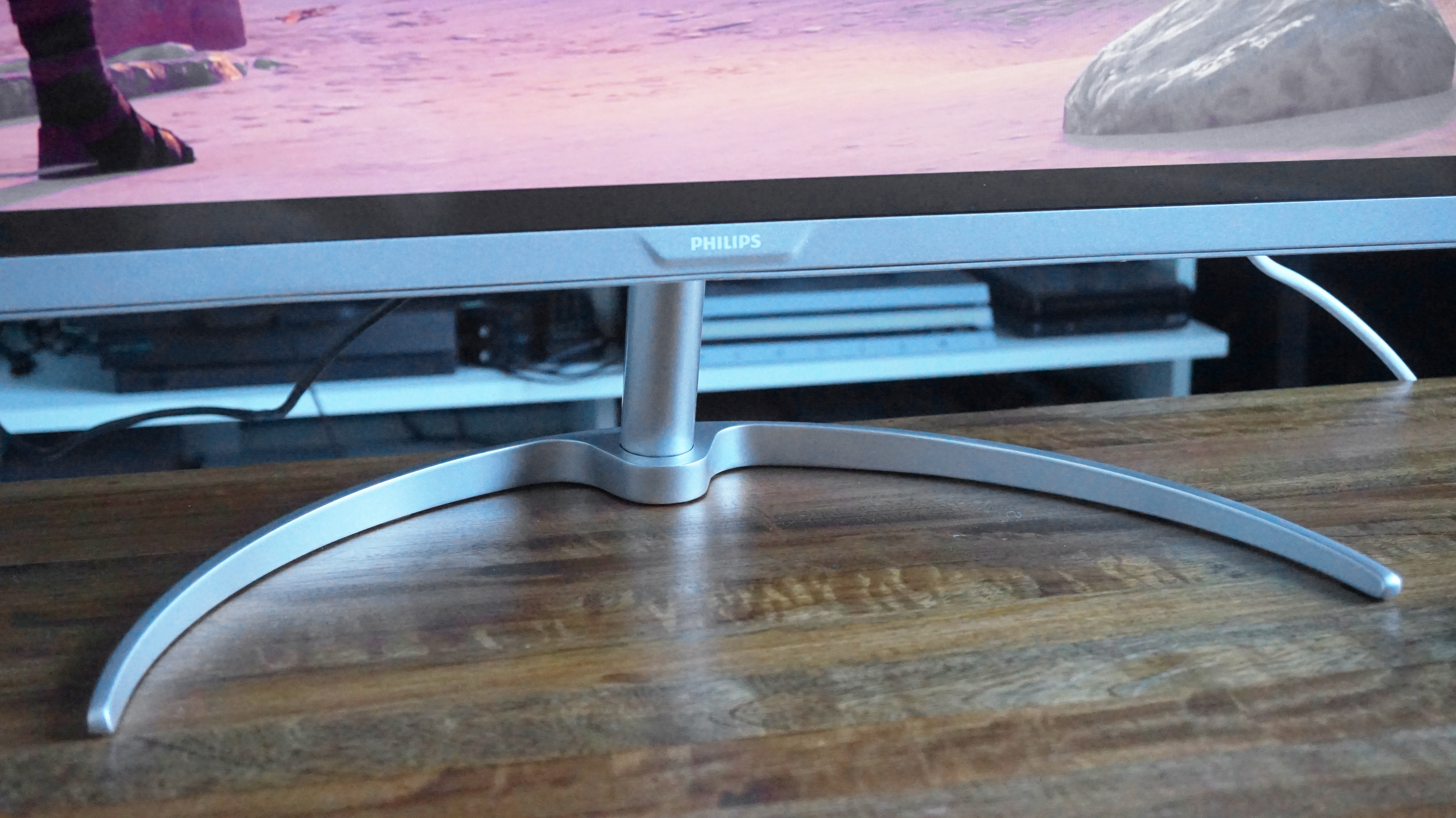
It’s additionally value declaring the BDM4037UW has a set stand, though that is to be anticipated on display of this measurement.
Philips have additionally kitted out the BDM4037UW with an outstanding VA panel, too – at the least relating to color accuracy, that’s. Thanks to its 10-bit panel (numerous common displays solely have 8-bit panels by comparability), the BDM4037UW has virtually good image high quality straight out of the field, with my i1 DisplayPro calibrator recording a superb sRGB protection rating of 97.9% and a DCI-P3 protection rating of 82.4% on its default 6500Ok color temperature profile with the brightness set to 100.
The latter is the gamut you usually hear related to HDR shows, with issues like Ultra HD Premium TVs being required to hit at the least 90% of it. The Philips BDM4037UW isn’t an HDR show, however the reality its out-of-the-box DCI-P3 protection is simply 8% off the perfect HDR screens you should purchase in the present day is basically fairly spectacular. That means you get the identical vivid and vibrant colors with out all of the faff of messing round in-game HDR settings.
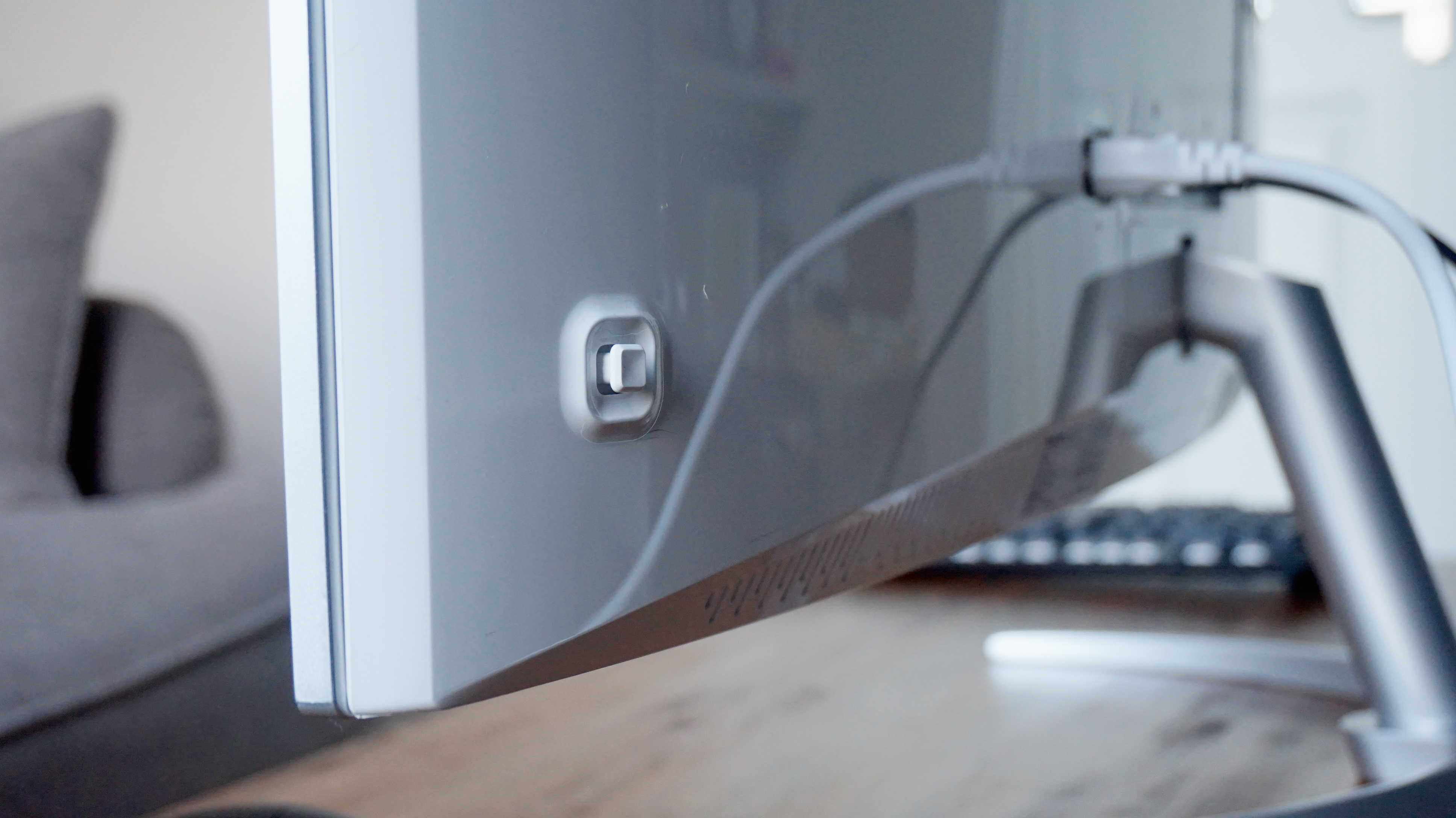
Philips’ onboard menu system is as clunky as ever, however at the least it has the bonus of an intuitive five-way management stick as a substitute of particular person buttons.
You can nudge its sRGB protection up a fraction additional by switching over to the BDM4037UW’s User Define color temperature profile, however even you then’re solely a minor enchancment of 98.6%. Its DCI-P3 protection, in the meantime, stayed precisely the identical. As a end result, you may just about use the BDM4037UW as is from the phrase go, which is all the time a plus in my books.
The downside comes while you begin its white and black ranges. The former is basically fairly low for a near-£500 show, as its most brightness topped out at simply 240cd/m2 by my measurements, which is noticeably decrease than Philips’ personal determine of 300cd/m2. Truth be informed, that’s nonetheless greater than sufficient for on a regular basis use, and also you’ll most likely find yourself straining your eyes working at that sort of stage for any size of time. But it doesn’t go away an enormous quantity of leeway to be used in brilliant, sunlit environments or places of work with heavy overhead lighting. It additionally means these beautiful wealthy colors don’t sparkle practically as a lot as they might on a 300cd/m2 or 400cd/m2 show, and so they lose a few of their depth consequently.
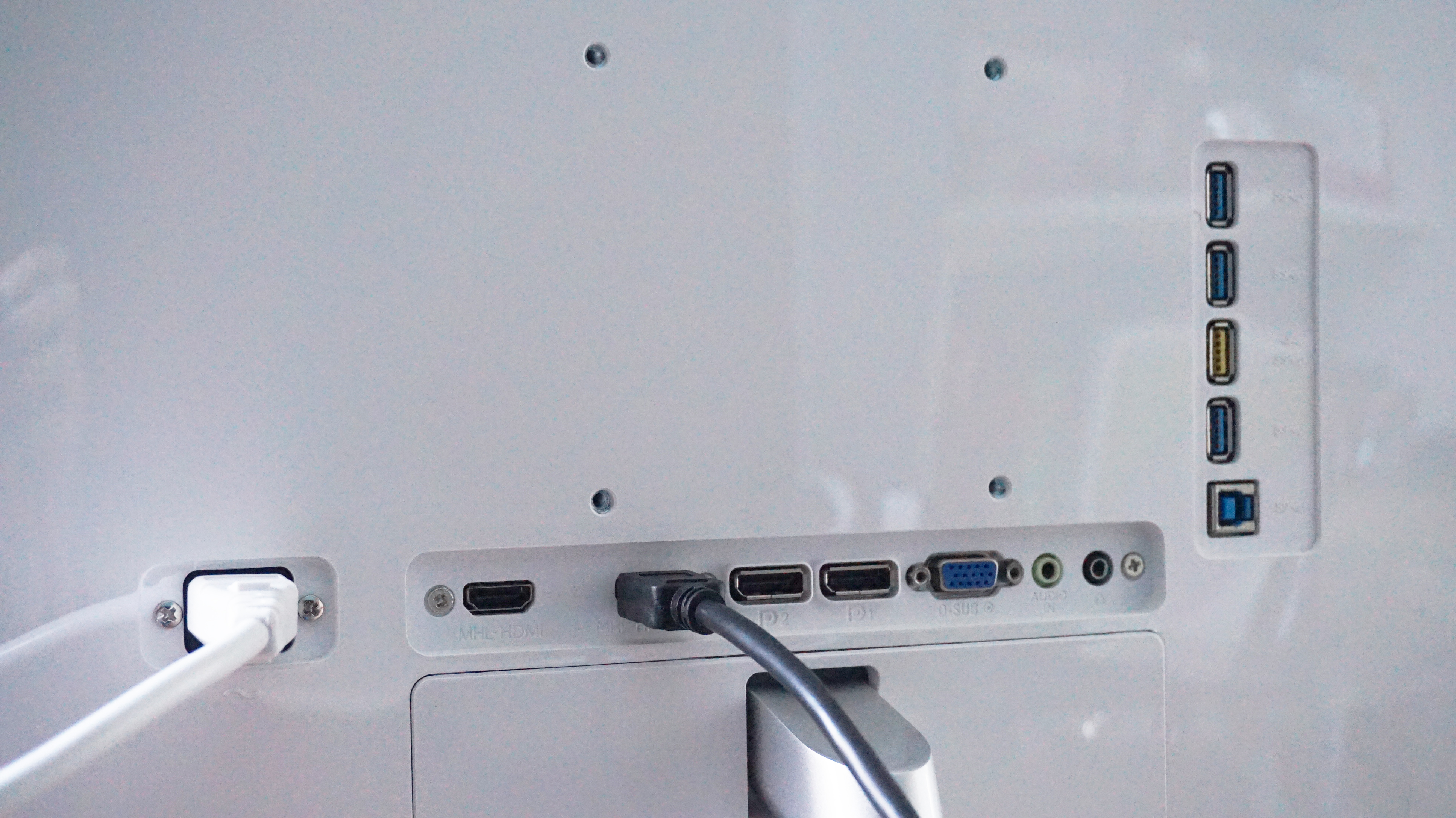
The BDM4037UW has an incredible collection of ports, together with a four-port USB3 hub (with one which helps fast-charging), one VGA and two DisplayPorts, however the choice to have just one HDMI 2.Zero enter (the opposite is simply HDMI 1.Four that limits the refresh charge to 30Hz at 4K) is mildly baffling.
I used to be additionally disenchanted by its comparatively excessive black stage of 0.65cd/m2 (the nearer to 0.00cd/m2, the higher). This meant darker photographs and scenes in games had been altogether missing in depth and element, as shadow areas simply seemed flat and darkish gray versus correct black, containing not one of the nuance that’s usually related to VA panels. Indeed, I used to be a bit shocked when my calibrator recorded a distinction ratio of simply 366:1, as that is normally the sort of poor distinction I’d anticipate from a low-end TN panel.
But I might see it in my take a look at photographs, and I might see it in games corresponding to Little Nightmares. Shadows had been darkish, positive, however while you’re taking part in in a sunny room with simply 240cd/m2 brightness pumping out of its shiny, reflective panel, I actually needed to squint and look arduous to select any of the positive element that’s normally seen across the edges of the display. It wasn’t simply Little Nightmares I had hassle with both, as my forays into Metro: Last Light and Shadow of the Tomb Raider had been met with comparable frustrations.
I believe the display’s mild curve isn’t doing it any favours on this respect, as tilting my head backward and forward produced sufficient of a shift in distinction that I might in truth see that misplaced positive element in spite of everything. But nobody performs games at a 45 diploma angle, and I turned more and more dissatisfied with it consequently. A gaming monitor can have the perfect color accuracy on the planet, but when I can’t rattling properly see any of it as quickly as I transfer right into a cave or shady patch of bushes, then what’s the purpose?
It’s an actual disgrace, as I hoped it will be a great, cheaper various to the equally giant Philips 436M6VBPAB. Alas, whereas the BDM4037UW excels in some areas, corresponding to common desktop work and office-based multi-tasking, I simply don’t assume it has the chops to be a prime class, bestest best gaming monitor.
As a end result, anybody after an enormous 4K display for work and play ought to nonetheless look to the Philips 436M6VBPAB for those who can afford it, as this not solely has adaptive sync assist for clean, tear-free gaming, however it’s additionally a correct HDR show that each AMD and Nvidia graphics card house owners can make the most of – which is greater than may be stated for another HDR monitor you should purchase proper now. The Philips BDM4037UW will nonetheless do a positive job if all you play are brilliant, vibrant games that by no means enterprise into the chilly, darkish embrace of the night time, however the 436M6VBPAB is infinitely extra versatile for simply a few hundred kilos / {dollars} extra.


